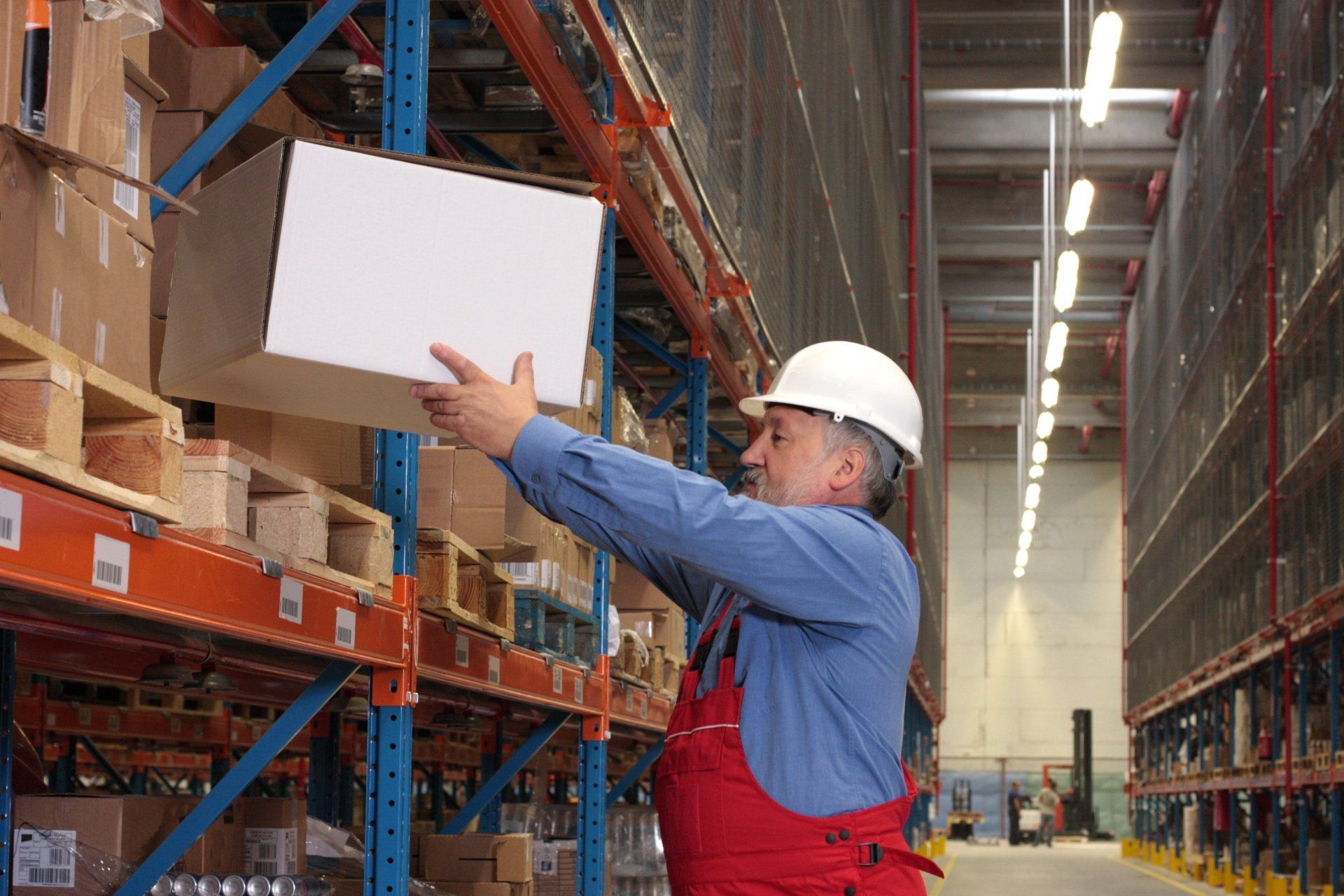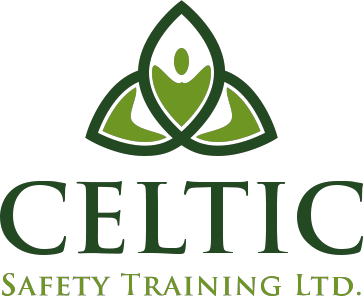Manual Handling Indoor Training
Our Courses
Manual handling refers to the physical process of lifting, carrying, pushing, pulling, or moving objects by hand or bodily force. Incorrect manual handling techniques are one of the leading causes of workplace injuries, particularly musculoskeletal injuries such as strains and sprains. This course focuses on indoor manual handling tasks commonly encountered in various workplaces, helping employees learn safe techniques to reduce the risk of injury while carrying out their duties.

Course Overview
The Manual Handling Indoor training is designed to equip participants with essential knowledge and skills to safely handle loads and perform manual tasks indoors. Whether you work in an office, retail, warehouse, or other indoor environments, this course is relevant to anyone who may need to lift, carry, or move objects as part of their job. The training is compliant with current health and safety regulations and emphasises practical techniques to prevent injury, increase productivity, and improve workplace ergonomics. Through a combination of theory and hands-on practical exercises, this course provides participants with the confidence to perform manual handling tasks correctly and safely in any indoor setting.
Course Content
The course covers key areas to ensure a comprehensive understanding of safe manual handling practices, including:
Introduction to Manual Handling
- Definition and scope of manual handling in indoor environments.
- Overview of the risks associated with poor manual handling practices.
- Legal obligations of employers and employees under safety regulations, such as the Safety, Health, and Welfare at Work Act.
Understanding the Musculoskeletal System
- How the human body is affected by manual handling.
- Common injuries caused by poor lifting techniques, including back injuries, strains, and sprains.
- Importance of maintaining proper posture during lifting and moving tasks.
Risk Assessment and Hazard Identification
- How to identify manual handling risks in indoor workplaces.
- Conducting risk assessments to evaluate load size, weight, and environmental conditions.
- Reducing risks through proper planning and preparation.
Manual Handling Techniques
- Demonstration of safe lifting, carrying, and lowering techniques.
- How to safely push, pull, and move loads on trolleys or other equipment.
- Adjusting techniques to fit different types of loads, such as awkward or heavy objects.
- Use of mechanical aids and equipment to reduce manual strain.
Ergonomics and Workplace Layout
- Creating a safer workplace by improving layout and ergonomics.
- The role of good housekeeping in reducing manual handling hazards.
- Best practices for arranging equipment and workspaces to minimize strain and effort.
Practical Exercises
- Hands-on practice in a controlled environment, allowing participants to apply the manual handling techniques they’ve learned.
- Individual feedback and guidance from the instructor to ensure correct application of skills.


Why Should You Attend this Training?
By attending this Manual Handling Indoor course, you will:
- Reduce the risk of injury: Learn the correct techniques to prevent musculoskeletal injuries, particularly back injuries, which are the most common result of poor manual handling.
- Comply with legal requirements: Employers are required by law to provide manual handling training. This course ensures that your organisation meets these legal obligations.
- Enhance workplace safety: Safe manual handling reduces the likelihood of accidents, boosting overall workplace safety and efficiency.
- Improve productivity: Learning proper techniques can lead to more efficient movement of goods, reducing downtime caused by injury or improper handling.
- Boost employee morale and well-being: Proper training shows that you are committed to your employees' health and safety, fostering a positive workplace environment.
Frequently Asked Questions
Who should attend this course?
This course is ideal for anyone involved in manual handling tasks in an indoor environment, including office workers, retail staff, warehouse personnel, delivery teams, and maintenance workers. Supervisors and managers responsible for overseeing manual handling operations can also benefit from this training.
Do I need previous manual handling experience?
No, this course is designed for both beginners and those needing a refresher on safe manual handling practices. All participants will learn essential techniques that can be applied immediately in their work.
Will I receive a certificate?
Yes, after successful completion of the course, you will receive a Manual Handling Certificate.
Will there be practical training involved?
Yes, the course includes practical, hands-on exercises that allow you to practice manual handling techniques under the guidance of an experienced instructor.
Enroll Now
Do you want to join the safety representative training and become a better safety representative for your organization? Feel free to contact us today:
Phone:
+353 57 8640505
Email:
info@celticsafetytraining.ie
Address: Office 1 & 2, Camsaw Building, Unit 12, Portarlington Business Park, Canal Rd, Co Laois
